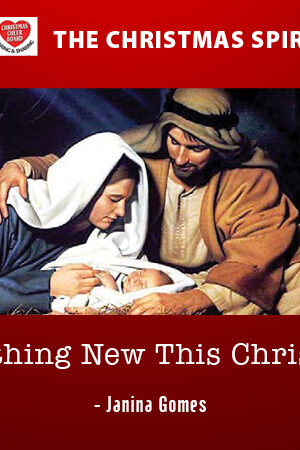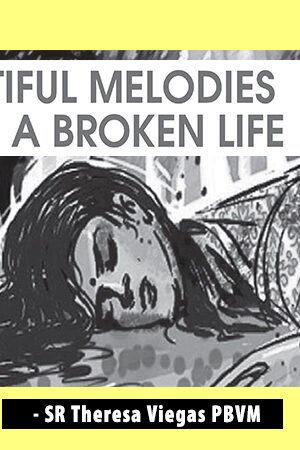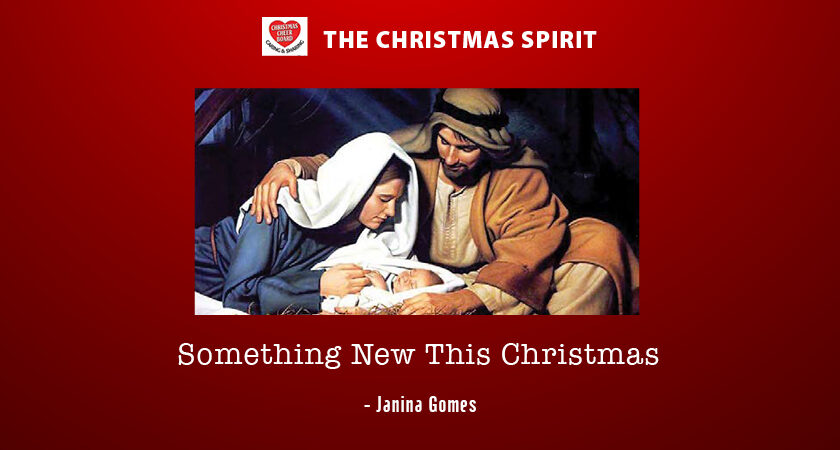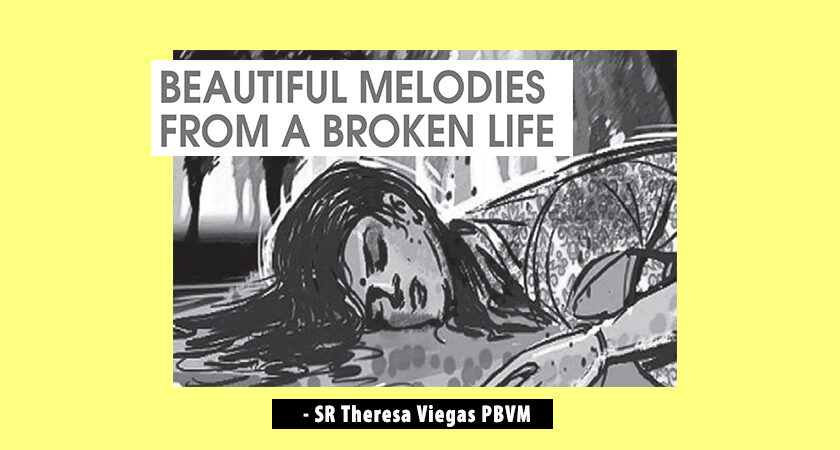Stories are powerful tools to affect changes in us. That is why I would like to very briefly choose a theme on the Christmas Spirit from Louisa May Alcott’s: “A Christmas Dream and how it came to be true”. It is based on the story of a rich 10-year-old child, Effie who is bored with the thought of Christmas, whilst she watches her mother arrange a pile of gifts two days before Christmas. Her mother reminds her about Charles Dickens’ protagonist, Uncle Scrooge, who hated Christmas until a strange dream showed him how dear and beautiful it was and that made a man of him.
When Effie’s mother asks her why she is tired when it should be the happiest time of all the year, the little child responds that perhaps it wouldn’t be so, if she had something new this Christmas. The little girl tells her mother that it seems poor children have a better time than the rich at Christmas, because they are freer from the entrapments of the rich. Effie wistfully says she would like to be like a beggar girl.
That night Nursey, the little’s girl’s nurse, tells her the best of tales so that when she goes to bed, her head becomes a curious jumble of Christmas elves, poor children, snow storms, sugarplums and surprises. Effie dreams of herself sitting on a stone, alone, cold, thirsty, tired and totally forgotten by others, in the middle of a great field. In her dream she hears a voice and sees a light that steadily gets brighter and then encounters a Christmas Spirit. The Christmas Spirit tells her that he was on a holiday to find children from all parts of the world once a year, to make them merry. The Christmas Spirit then shows her the place where he lives and where she sees all the other Christmas Spirits getting ready to go on a holiday. On this one day, they are allowed a holiday to roam about the world and bring happiness to children who would let them in.
Janina Gomes
To read the entire article, click Subscribe









